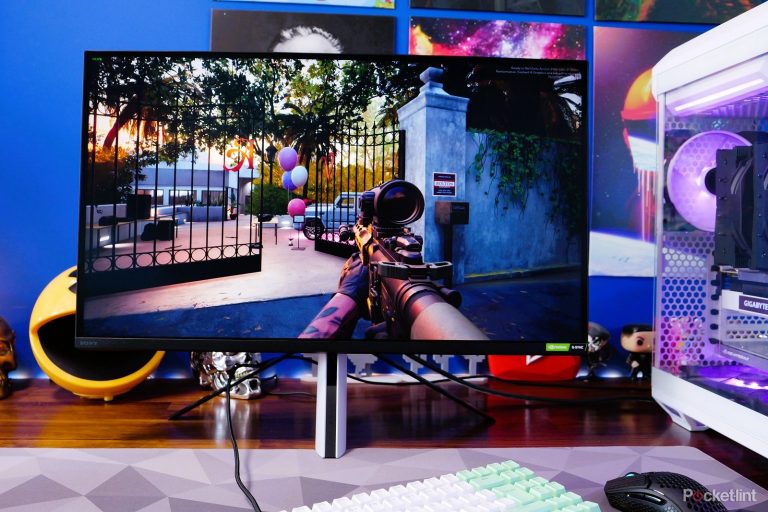As a tech enthusiast, I understand the excitement of upgrading your gaming desktop to enhance performance and gaming experience. To maximize your upgrades effectively, it’s crucial to follow a strategic approach that considers hardware compatibility, optimal installation techniques, and software updates. In this comprehensive guide, I will walk you through essential tips and tricks to upgrade your gaming desktop successfully.
Evaluate Current Hardware
Check compatibility and performance
Before diving into the upgrade process, assess your current hardware components such as CPU, GPU, RAM, and storage capacity. Determine their compatibility with the latest components and evaluate their performance to identify bottlenecks.
Research Compatible Components
CPU, GPU, RAM, storage options
Research and compare compatible components such as high-performance CPUs, GPUs, RAM modules, and storage options that align with your gaming requirements. Consider factors like clock speed, core count, and capacity for optimal gaming performance.
Compare Prices and Features
Online resources and reviews
Utilize online resources and reviews to compare prices and features of different components. Look for deals, discounts, and user feedback to make informed decisions and get the best value for your budget.
Proper Installation Techniques
Static precautions and handling
Practice proper static precautions such as grounding yourself before handling sensitive components to prevent electrostatic discharge. Follow manufacturer guidelines and use anti-static wrist straps to safeguard your new components during installation.
Update Drivers and Software
BIOS, graphics card, and operating system
Ensure all drivers, including BIOS, graphics card, and operating system, are up to date to optimize performance and compatibility with new hardware. Visit manufacturer websites for the latest updates and patches.
Optimize In-Game Settings
Adjust resolution and graphic details
Optimize in-game settings by adjusting resolution, texture quality, anti-aliasing, and other graphic details to strike a balance between visual fidelity and performance. Experiment with different settings to find the optimal configuration for smooth gameplay.
Conclusion:
Upgrading your gaming desktop can significantly enhance your gaming experience by boosting performance and graphics quality. By evaluating current hardware, researching compatible components, following proper installation techniques, updating drivers and software, and optimizing in-game settings, you can ensure a seamless upgrade process and enjoy immersive gaming sessions.
FAQs:
1. How often should I upgrade my gaming desktop?
It depends on your gaming preferences and budget. Generally, upgrading every 2-3 years can keep your system up to date with the latest technologies.
2. Do I need to hire a professional to upgrade my gaming desktop?
While it’s possible to upgrade your desktop on your own, if you’re unsure or uncomfortable with the process, seeking professional help is recommended to avoid any damage to your components.
3. Can upgrading my gaming desktop improve FPS in games?
Yes, upgrading key components like the GPU, CPU, and RAM can improve FPS in games by providing better performance and rendering capabilities.
4. Are all components upgradeable in a gaming desktop?
Most components in a gaming desktop, such as the GPU, CPU, RAM, and storage, are upgradeable. However, some components may be soldered or limited by compatibility constraints.
5. How do I know if a component is compatible with my gaming desktop?
Check your motherboard specifications, CPU socket type, RAM compatibility, and power supply capacity to determine compatibility before purchasing new components for your gaming desktop.
